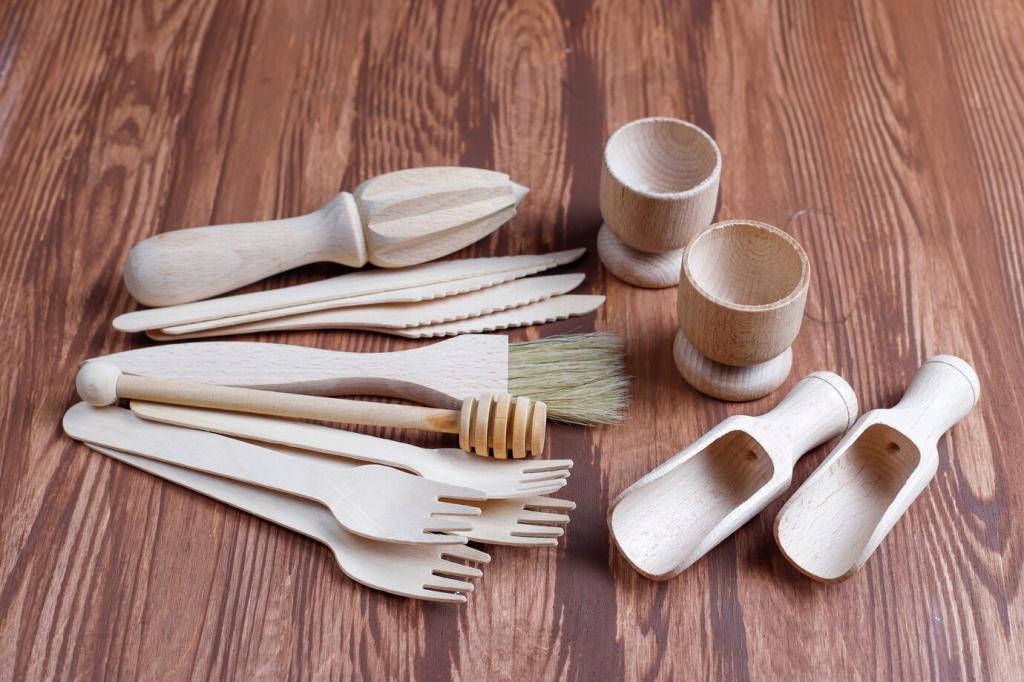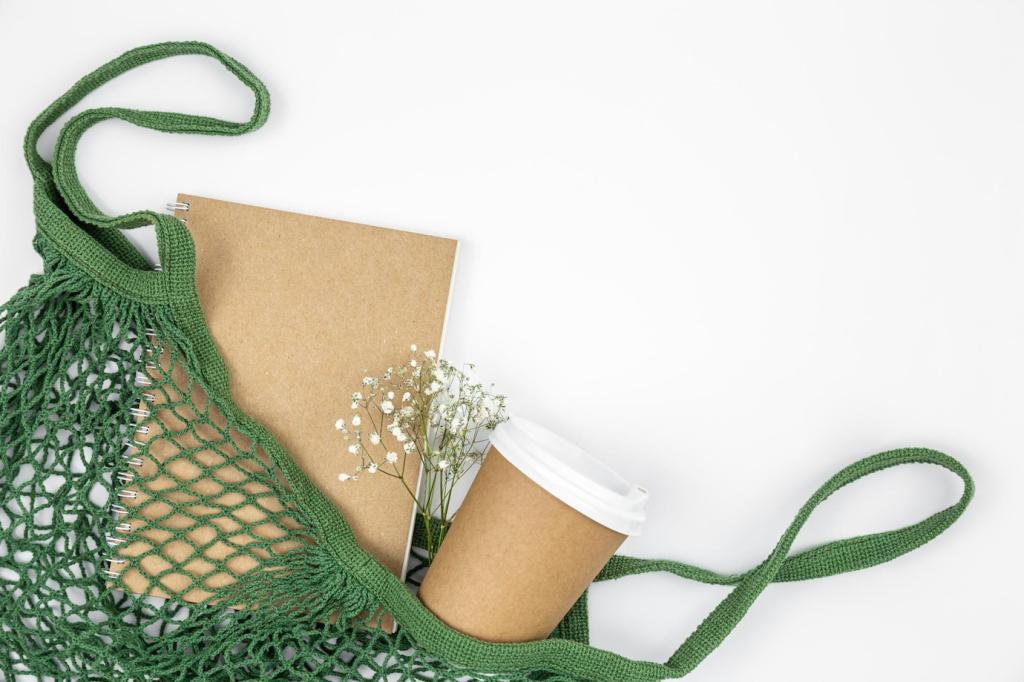Reclaimed and Salvaged Wood: Stories in Every Board
Architectural salvage yards, deconstruction crews, and local mills often hold treasures. Bring measurements, ask about species and prior finishes, and request proof of metal removal. A patient search can yield planks with knots, nail marks, and soul your guests will notice immediately.
Reclaimed and Salvaged Wood: Stories in Every Board
Reclaimed boards may need kiln‑drying, planing, and careful tongue‑and‑groove fitting. Partner with installers who love irregular stories, not just perfect lines. The result is a floor that feels lived‑in on day one and only grows more magnetic as seasons pass.





